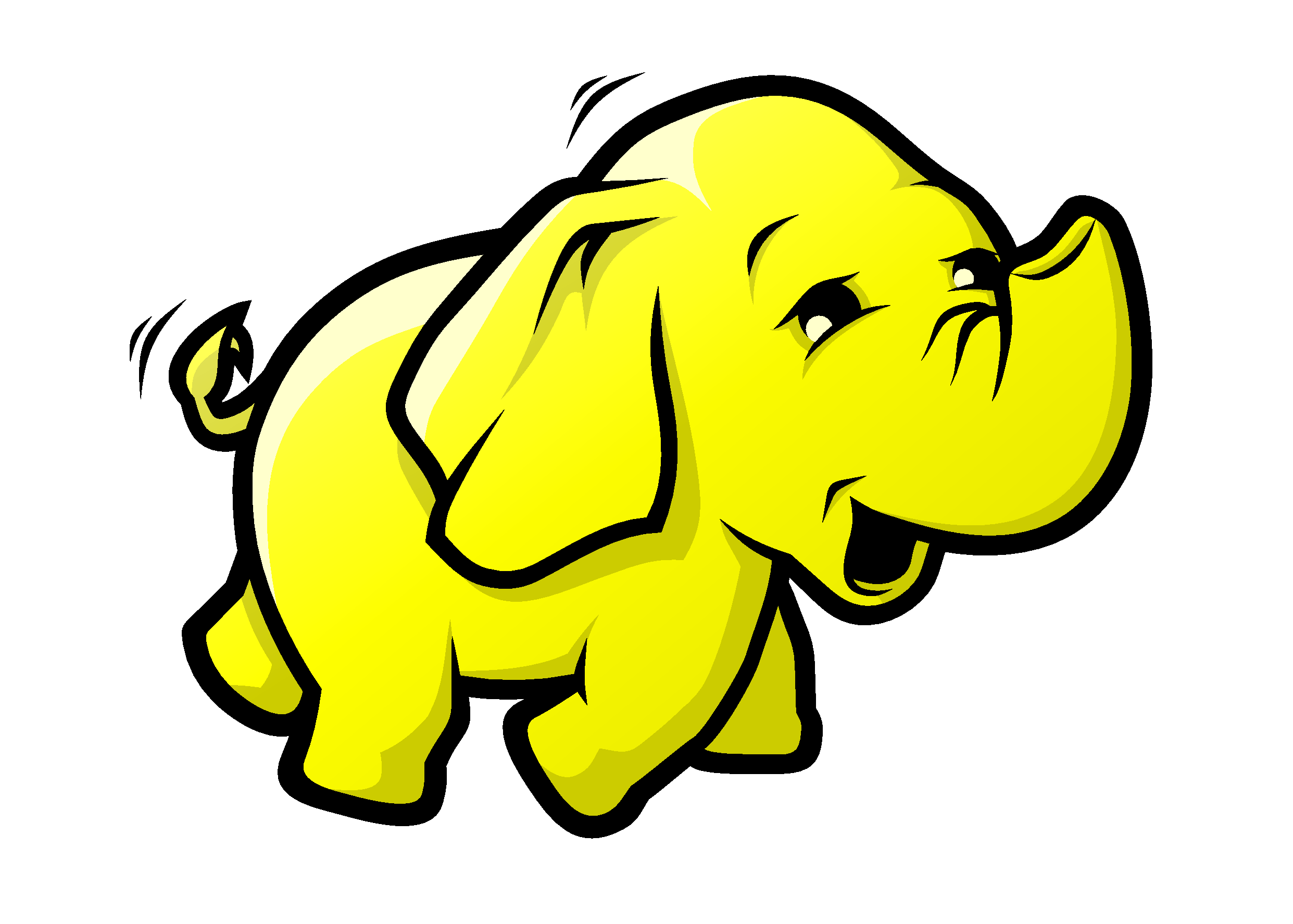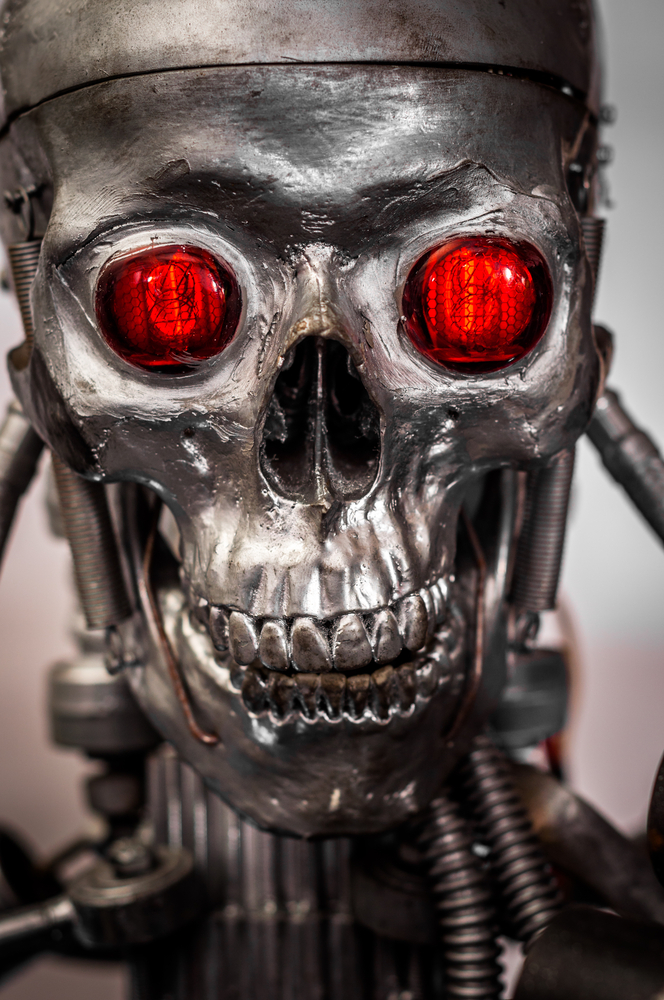
Industry Speaks: Top 33 Big Data Predictions for 2016

What will happen in big data in 2016? You’d think that would be a cinch to answer, what with all the deep neural net and prescriptive analytic progress being made these days. But in fact the big data predictions from the industry are all over the map. Datanami received dozens of predictions from prominent players in the industry. Here is a culled collection of the most interesting ones.
Oracle sees the rise of a new type of user: the Data Civilian. “While complex statistics may still be limited to data scientists, data-driven decision-making shouldn’t be,” Big Red says. “In the coming year, simpler big data discovery tools will let business analysts shop for datasets in enterprise Hadoop clusters, reshape them into new mashup combinations, and even analyze them with exploratory machine learning techniques.”
Nucleus Research is going out on a limb and predicting the death of big data as we know it. “In the past two years everyone and their dog seems to have launched a big data solution of some kind. It’s time for the shiny object syndrome to stop,” it says. “Instead of attacking the monolithic and daunting task of big data analysis, users will approach and access it like any data.”
Since even canines are pulling down big VC money for data startups, it may be time to start asking tough questions, according to Keri Smith, senior vice president at Opera Solutions. “What is the real ROI of a big data solution?” Smith asks. “How can companies get beyond departmental deployments to maximize the value of big data across the enterprise? And what are the meaningful use cases across a variety of verticals? If your company isn’t asking these questions and actively seeking answers, it should soon.”
We’ll see the rise of Data Jedis in 2016, says Matt Bencke, CEO of Spare5. “More jobs will be changed by AI than ever before and the ‘Data Jedis’ will become the most sought after employees,” he writes. “Machine learning+human insights will infiltrate new industries including healthcare and security and employees will need to adapt to providing a different service or get left behind in 2015.”
Data science will be big in banking, predicts Mike Weston, CEO of data science consultancy Profusion. “The financial industry is one of the pioneers of data science techniques,” he writes. “Nevertheless, the adoption of data science has been far from uniform across all banking services. In 2016 I expect this picture to change. Better use of data and personalisation of services will move from the financial markets to retail banking. It will have a profound impact on marketing, customer service and product development.”
The prospect of advanced AI giving rise to robot overlords scares Elon Musk. But according to Jans Aasman, a cognitive scientist and CEO of Franz, AI should be placed the “friendlies” column. “Artificial intelligence and cognitive computing will make personalized medicine a reality, help save the lives of people with rare diseases and improve the overall state of healthcare in 2016 and beyond,” he says.
Chief Data Officers (CDOs) will become the “new it girl” of information tech, complicating office politics forever, argues Michael Ludwig, head of Blazent’s Office of the CTO. “Driven by the complexity of big data and the need for complete and accurate data, the CDO will become increasingly important,” he writes. “As a result, the CTO and CIO will need to make room for the CDO, and tension will emerge within the C-suite until clearly defined roles and associated teams are established.”
Not everybody sees it that way, including Craig Zawada, Chief Visionary Officer at PROS. “In 2016, we’ll begin to see erosion in the appointment of Chief Data Officers, a role of the past. Instead, Chief Insight Officers will emerge in 2016 as crucial leaders in the big data compilation process.”
But can the mighty CIO get his mojo back? Cazena founder and CEO Prat Moghe’s looks into his crystal ball, and says it’s so. “In 2016, CIOs will take advantage of enterprise-ready cloud services to become brokers of cloud services that meet IT mandates for governance, compliance and security as well as business needs for agility and responsiveness,” he writes.
Streaming analytics will start to mature and prove its worth in the big data lineup, predicts Phu Hoang, the CEO and co-founder of DataTorrent. “While lots of companies have already accepted that real-time streaming is valuable, we’ll see users looking to take it one step further to quantify their streaming use cases. In the next year, customers using streaming tools will reach new levels of sophistication and demand a quantified ROI for streaming analytics,” he says.
Real-time analytics will be hot next year. We get it. But one technology—Apache Kafka–stands taller than the rest, according to MongoDB‘s VP of strategy Kelly Stirman. “Kafka will become an essential integration point in enterprise data infrastructure, facilitating the creation of intelligent, distributed systems,” Stirman writes. “Kafka and other streaming systems like Spark and Storm will complement databases as critical pieces of the enterprise stack for managing data across applications and data centers.”
Like drums? Then you’re going to love 2016, says Badri Raghavan, the chief data scientist at FirstFuel Software. “In the months ahead, we will see organizations and individuals tap data and analytics to deliver personalized and engaging experiences across industries including energy, sports, social good and music. For instance, people will be able to use data to change a song based on their personal preferences (e.g., lots of drum).”
How will the IoT impact the semiconductor business? IT legend Ray Zinn has a few thoughts on that. “You will see greater divisions between design and fabrication,” he writes. “Fabs will have the mission of scale to serve a few billions consumers and the nascent Internet of Things (IoT) markets. Design will become uniquely divorced from fabrication, splitting the market risk. Design firms will survive best by innovation, and fabs through ruthless efficiency. The question is what comes next? There will inevitably be new markets and devices that will drive a new growth spurt. The IoT is the sleeping giant, but I doubt the only one snoozing.”
Machine learning, big data automation, and artificial intelligence were big in 2015, and will get bigger next year, says Abdul Razack, SVP & head of platforms, big data and analytics at Infosys. “In 2016, the pace at which enterprises more widely adopt artificial intelligence to replace manual, repetitive tasks will rapidly increase,” Razack says, citing the $1 billion AI investment made recently by Toyota. Big data automation is already growing, but next year “it will be more widely used to accentuate the unique human ability to take complex problems and deliver creative solutions to them.” The self-driving cars from Tesla have built-in machine learning, but next year, “machine learning will quietly find its way into the household, making the objects around us not just connected.”
Lots of people see exciting things happening in the big data space in 2016. Not Charles Caldwell, the vice president of solutions engineering and services at Logi Analytics. “When I look ahead to 2016, I don’t see a lot of exciting things happening. Other vendors have come out with their predictions around cloud, visual analytics and mobile, but most of those things are old trends that are settling down. In my opinion, 2016 will be a year of consolidation and ground building for the next big thing.”
The “Not In Your Wildest Dreams” award goes to Peter Eicher, senior manager for product marketing at Catalogic Software. We’re not talking about his prediction that copy data management (CDM) “is a technology whose time has come as evidenced not only by the new vendors in the space but by old school players chiming in with ‘me too’ arguments.” That makes total sense. No, we’re calling Peter out for his crazy prediction that the New York Knicks win the NBA Championship. “Yeah, not happening,” he admits. “I can’t be right all the time. On the other hand, that prediction has been wrong for 42 years running. One of these days….”
The “Debbie Downer” award for big data goes to BlueTalon CEO Eric Tilenius for his prediction that the pace of big data breaches at major enterprises may rise. “In 2016, the lack of unified data governance could lead to the biggest security disruption that enterprises have ever faced—comparable to the disruption caused to the traditional enterprise perimeter by the entry of mobile,” he writes. “Relying on a fragmented approach to control data access, where inconsistent policies are applied across an ever-changing data landscape, will leave gaping holes in the protection of enterprise data.”
Are you into microservices? If not, you will be soon, according to SaaS heavy Workday. “It’s clear that the on-premise versus cloud battle is over. Cloud has won,” the company says. “Yet, not all cloud architectures will be created equal. Microservices architectures will go beyond the realm of consumer Internet designs like Netflix and become the most important architecture advancement in enterprise applications since the shift to the cloud.”
Big data is hard, and companies will struggle with it next year, says Ulrik Pederson, CTO of TARGIT. “2016 will see an expansion of big data analytics with tools that make it possible for business users to perform comprehensive self-service exploration with big data when they need it, without major hand holding from IT,” he writes. “Corresponding with my first predication, I anticipate a huge increase in advanced analytics projects across industries. However, that doesn’t mean they’ll be successful…. I wouldn’t be surprised to hear of many vendors and customers struggling to implement successfully.”
The International Institute of Analytics sees the rise of analytics microservices to facilitate embedded analytics. The IIA also sees progress being made in areas of cognitive technology, data science, and data curation. Oh, and the analytics talent crutch will ease as many new university program come online, the group says.
People who aren’t data geeks will get into the big data swing of things, says Bruno Aziza, Chief Marketing Officer of OLAP-on-Hadoop provider AtScale. “As Hadoop becomes more accessible to non-data geeks, marketers will begin to access more data for better decision making,” he writes. “Hadoop’s deeper and wider view of data will enable marketers to capture behaviors leading to decisions and understand the processes underlying customer journeys.”
We’ll see more HPC tech making its way into the mainstream, particularly as it pertains to storage, predicts storage giant DDN. “Storage, data management and application acceleration technologies from the HPC industry will continue being tapped at even a higher rate in 2016 to meet the evolving requirements of performance and scale and will replace traditional IT infrastructures at even a higher rate,” the company says.
Impressed with open source big data tech? You haven’t seen anything yet, says Pentaho CEO Quentin Gallivan. “The explosion of cool new tools like Spark, Docker, Kafka, Solr–emerging open source tools designed to enable large-scale, high-volume analytics on petabytes of data are moving from the ‘awkward teenager’ phase to the ‘bearded hipster’ phase,” Gallivan writes.
Spark will kill MapReduce, but save Hadoop, says Monte Zweben, co-founder and CEO of RDBMS-on-Hadoop vendor Splice Machine. “MapReduce is quite esoteric. Its slow, batch nature and high level of complexity can make it unattractive for many enterprises,” he writes. “Spark, because of its speed, is much more natural, mathematical, and convenient for programmers. Spark will reinvigorate Hadoop, and in 2016, nine out of every 10 projects on Hadoop will be Spark-related projects.”
But that doesn’t mean every Spark project will involve Hadoop, says Bob Muglia, the CEO of Snowflake Computing. “Today, Spark is part of Hadoop distributions and is widely associated with Hadoop. Expect to see that change in 2016 as Spark goes its own way, establishing a separate, vibrant ecosystem. In fact, you can expect to see the major cloud vendors release their own Spark PaaS offerings. Will we see an Elastic Spark? Good chance.”
Organizations will reset on Apache Hadoop, says Dan Graham, general manager of enterprise systems at Teradata. “As Hadoop and related open source technologies move beyond knowledge gathering and the hype abates, enterprises will hit the reset button on (not abandon) their Hadoop deployments to address lessons learned – particularly around governance, data integration, security, and reliability.
The junk drawer problem is one of the Hadoop community’s biggest challenges. But never fear–Master Data Man(agement) is here! “MDM will become ubiquitous,” writes Manish Sood, CEO and founder of Reltio. “MDM as a discipline has long only been affordable by large companies with big IT teams and budget for hardware, software and multi-year implementation projects…A new breed of data-driven applications will come built-in with MDM as table stakes. As a consequence of delivering both operational and analytical functionality, the reliable data foundation of each application is powered by an MDM engine.”
Hadoop will be at a crossroads in 2016, but which fork will it take? Mike Maciag, COO of Altiscale, give us his prediction. “In 2016, we will  see industry standards for Hadoop solidify. In the beginning of 2015, we saw the launch of the Open Data Platform Initiative (ODPi), which established standards for how key projects in the Big Data ecosystem can work together. ODPi doubled in membership during the course of the year as the benefits to standardization for customers became even more clear. We expect to see more growth and recognition in 2016, allowing new technologies and applications to meet the Hadoop ecosystem standards being established by the ODPi.”
see industry standards for Hadoop solidify. In the beginning of 2015, we saw the launch of the Open Data Platform Initiative (ODPi), which established standards for how key projects in the Big Data ecosystem can work together. ODPi doubled in membership during the course of the year as the benefits to standardization for customers became even more clear. We expect to see more growth and recognition in 2016, allowing new technologies and applications to meet the Hadoop ecosystem standards being established by the ODPi.”
We’ll see the emergence of IoT 2.0 predicts Zebra Technologies. “The IoT market will transition to more mature, industry and adaptable solutions from what used to be closed, proprietary first-generation offerings. With an open-source approach, organizations will be able to choose from a larger pool of service providers and their respective APIs.”
The IoT may hearken the rise of a post-scarcity economy, predicts OpenText CEO Mark Barrenechea. “Imagine algorithms as apps for applying big data analysis over the connected masses of information generated by the IoT and its billions upon billions of connected devices in every aspect of our lives,” he writes. “Owning the data, analyzing the data, and improving and innovating become the keys to corporate success—all empowered by a connected digital society.”
The rise of converged platforms that can handle both analytic and transactional workloads will take a leap forward, foresees John Schroeder, CEO of MapR Technologies. “In 2016, we will see converged approaches become mainstream as leading companies reap the benefits of combining production workloads with analytics to adjust quickly to changing customer preferences, competitive pressures, and business conditions. This convergence speeds the ‘data to action’ cycle for organizations and removes the time lag between analytics and business impact.”
Another proponent of a single stack emerging in 2016 is Stefan Groschupf, the CEO of Datameer. “When a technology category is new,  various companies emerge with individual products that aim to provide a solution for a portion of the space,” he writes. “This leaves customers buying a number of tools and trying to learn how to use them together. Eventually, that just won’t do, and customers tend towards an integrated stack of products – or a widely-scoped product – from a single vendor. 2016 will mark the beginning of that transition for big data products.”
various companies emerge with individual products that aim to provide a solution for a portion of the space,” he writes. “This leaves customers buying a number of tools and trying to learn how to use them together. Eventually, that just won’t do, and customers tend towards an integrated stack of products – or a widely-scoped product – from a single vendor. 2016 will mark the beginning of that transition for big data products.”
Outsourcing will be big in 2016, predicts Anil Kaul, CEO of big data service provider Absolutdata. “A gigantic amount of valuable information can be generated from big data, but accessing this could be challenging and it typically lies beyond the scope of routine business intelligence,” he writes. “Many companies today are partnering with third parties to create and execute big data analytics strategies. Integrating external experts into the big data team may be the best way for companies to stay ahead in this quickly evolving space.”









































